Blog
Advice and expertise from AM, and special guest posts by leading archivists, academics and librarians from around the world.
-
TitleDescriptionDate
-
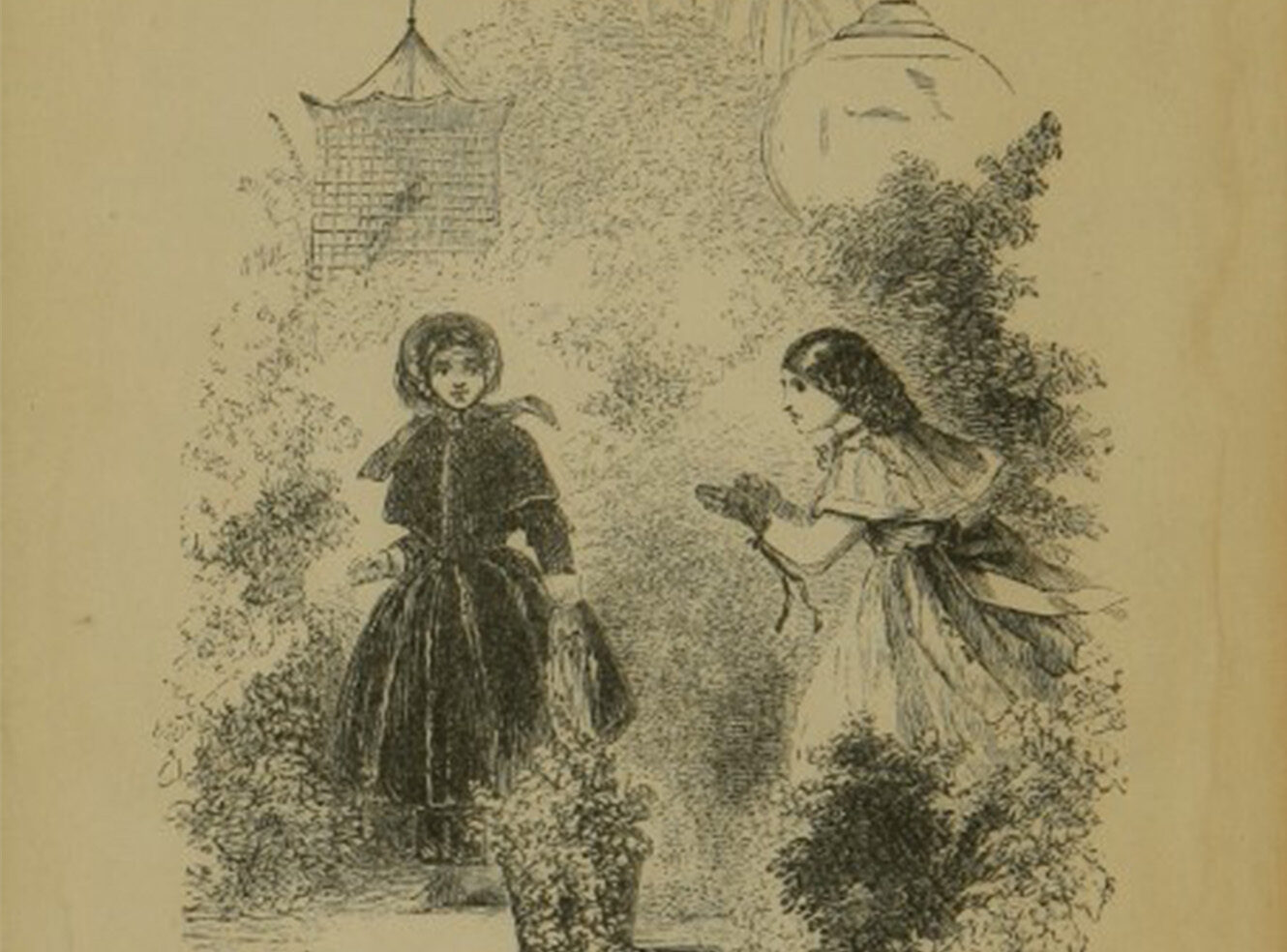 Eliza Leslie: A publishing powerhouse
Eliza Leslie: A publishing powerhouseThis month we’ve been celebrating the release of two resources: Children’s Literature and Culture, and the second module of Food & Drink in History. I was lucky enough to work on commissioning documents for both titles, and one of the best parts of my job is making connections between our resources – connections across history.
-
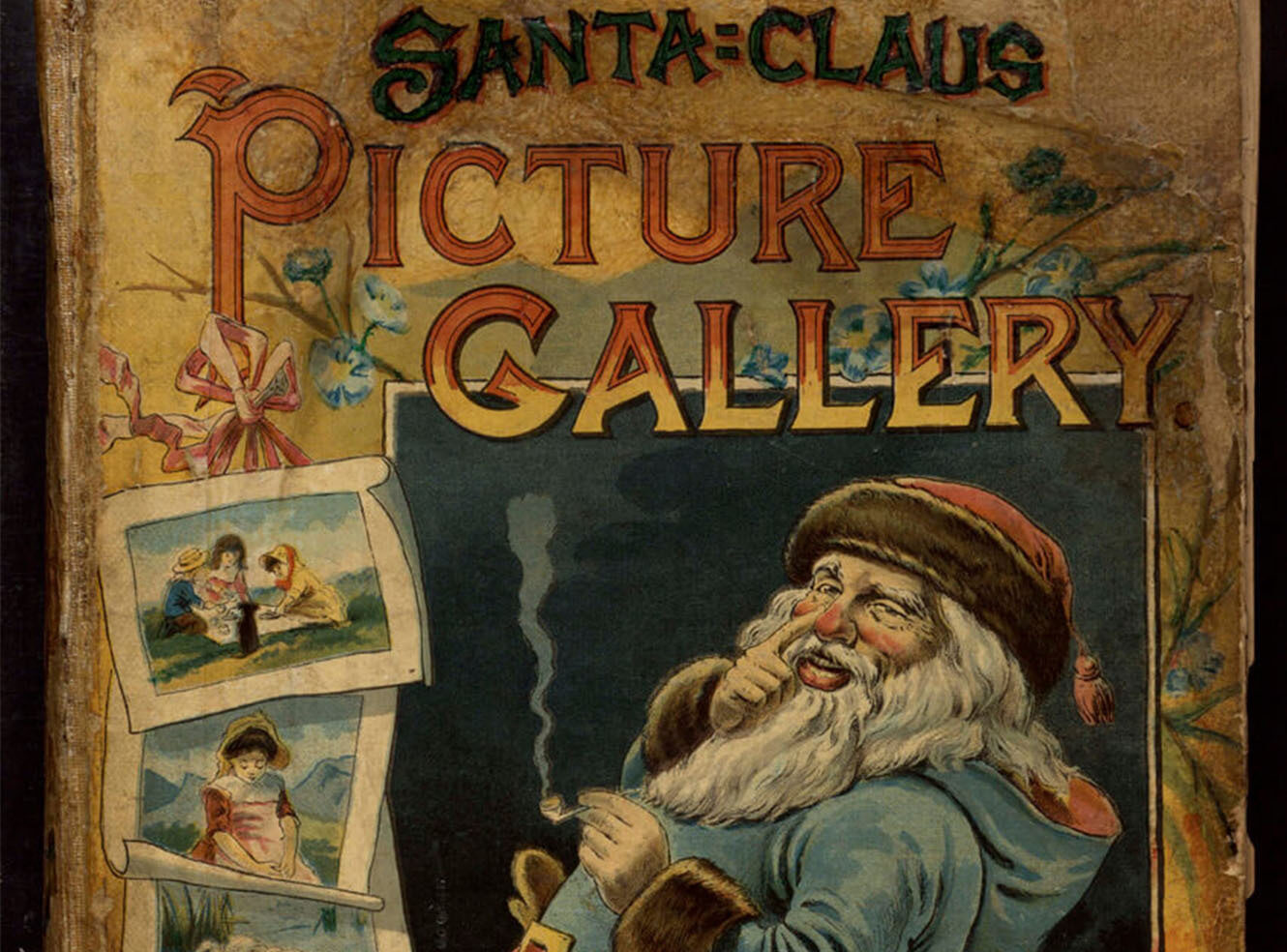 It's September – Roll on Christmas!
It's September – Roll on Christmas!Even if you’ve never heard the term “Christmas creep”, chances are you’ll be familiar with the concept. September has only just begun and already you’re noticing Christmas-themed merchandise in the mall and on the outer fringes of the high street.
-
 “What have the Romans ever done for us?”: Highlights from Food and Drink in History, module II
“What have the Romans ever done for us?”: Highlights from Food and Drink in History, module IIThis week marks the publication of Food and Drink in History, module II, which adds a wealth of new material to a resource which spans centuries and offers users a unique lens through which to explore food histories, cultures and traditions from around the globe.
-
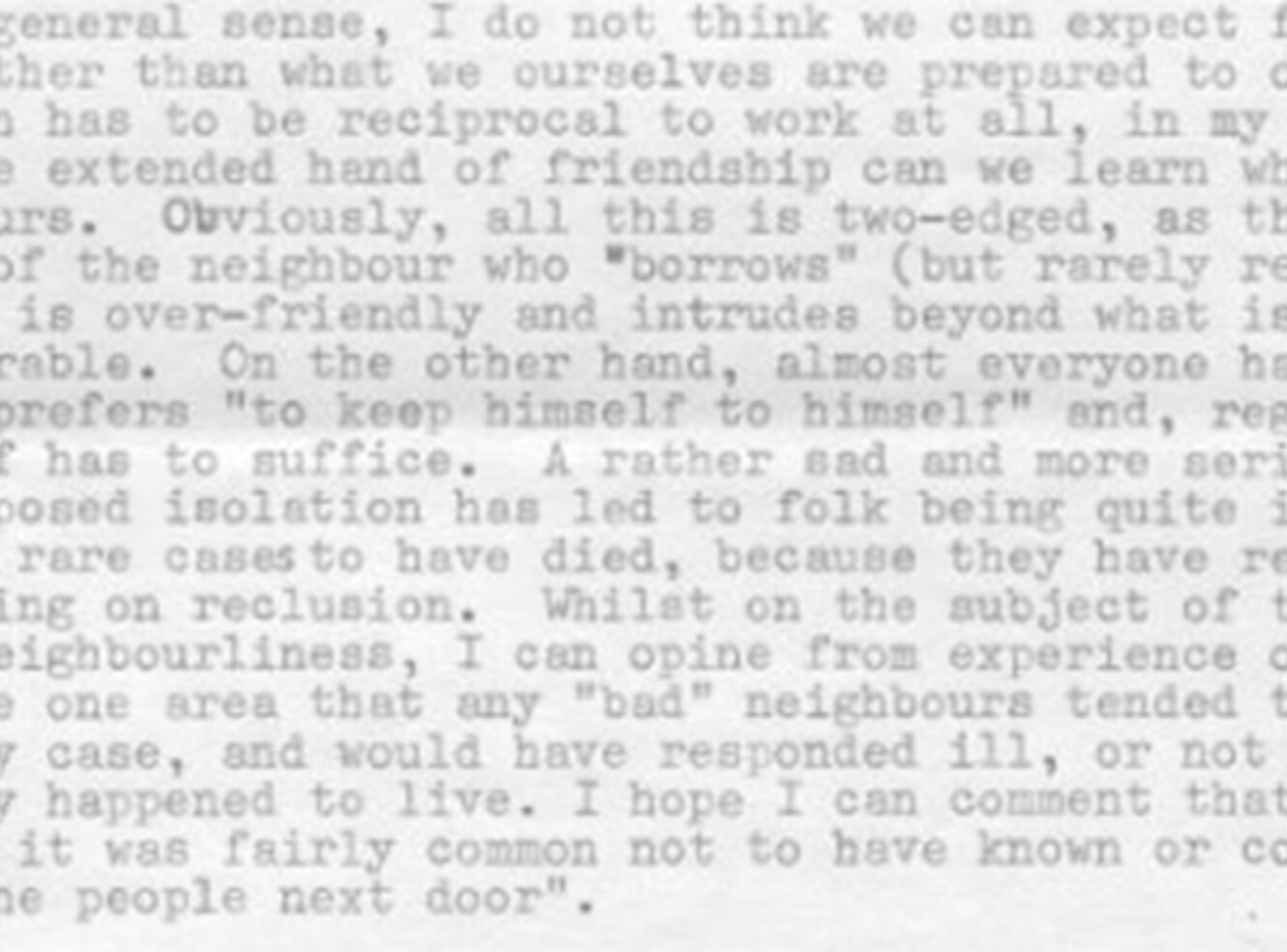 Is blood thicker than water? Friends, relatives and neighbours from the Mass Observation Project
Is blood thicker than water? Friends, relatives and neighbours from the Mass Observation Project“An old adage maintains that 'blood is thicker than water' but this must have been proven false countless times, as such ties are no guarantee of help in adversity.” Old friends, neighbours and relatives are at the centre of our support networks – particularly in times of adversity. This was the topic that participants in the Mass Observation Project were asked to write about in the winter of 1984. How would they weigh up ‘relatives versus friends’?
-
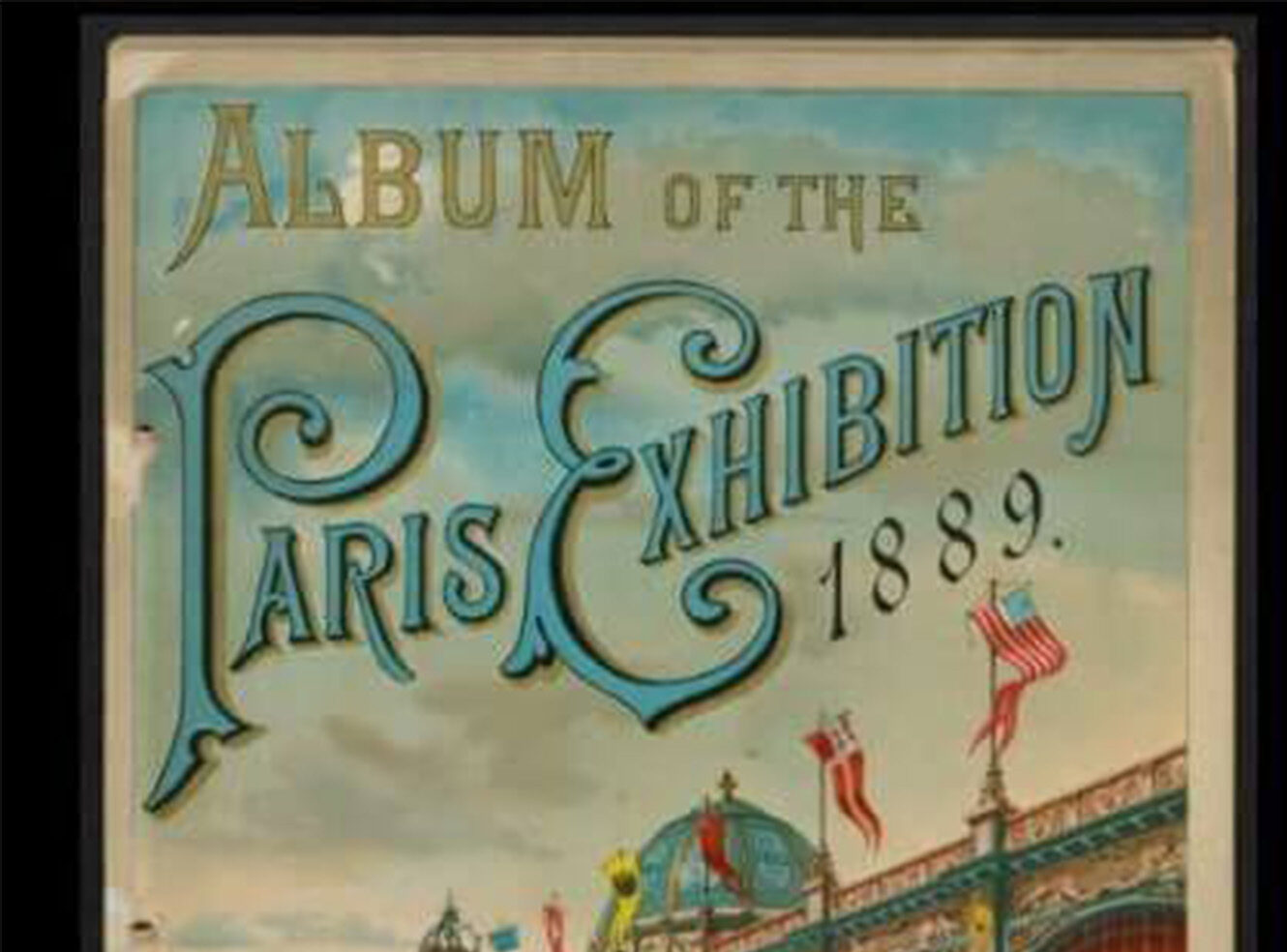 Exposition Universelle: A trip to 1889 Paris with World’s Fairs
Exposition Universelle: A trip to 1889 Paris with World’s FairsWorld Fairs were events that involved huge-scale expositions from countries all over the world, which showed off their innovations and inventions. Take a virtual trip to 1889 Paris, around the Exposition Universelle.
-
 Excerpts of a young Baron’s travelogue: Byron and Hobhouse in Mediterranean Europe
Excerpts of a young Baron’s travelogue: Byron and Hobhouse in Mediterranean EuropeAs the post-Covid news cycle regularly reminds us of travel corridors, quarantine requirements and localised lockdowns, I have begun to wonder if holidays have ever been so stressful. A browse of the travel manuscripts collected in Nineteenth Century Literary Society reminds me otherwise.
-
 'In Serious Verse': the politics and poetics of Caroline Norton’s A Voice from the Factories
'In Serious Verse': the politics and poetics of Caroline Norton’s A Voice from the FactoriesIn a time when women could not govern democratically, Caroline Norton mobilised the power of poetry to mount political campaigns – and successfully reformed the legal rights of women in the process.
-
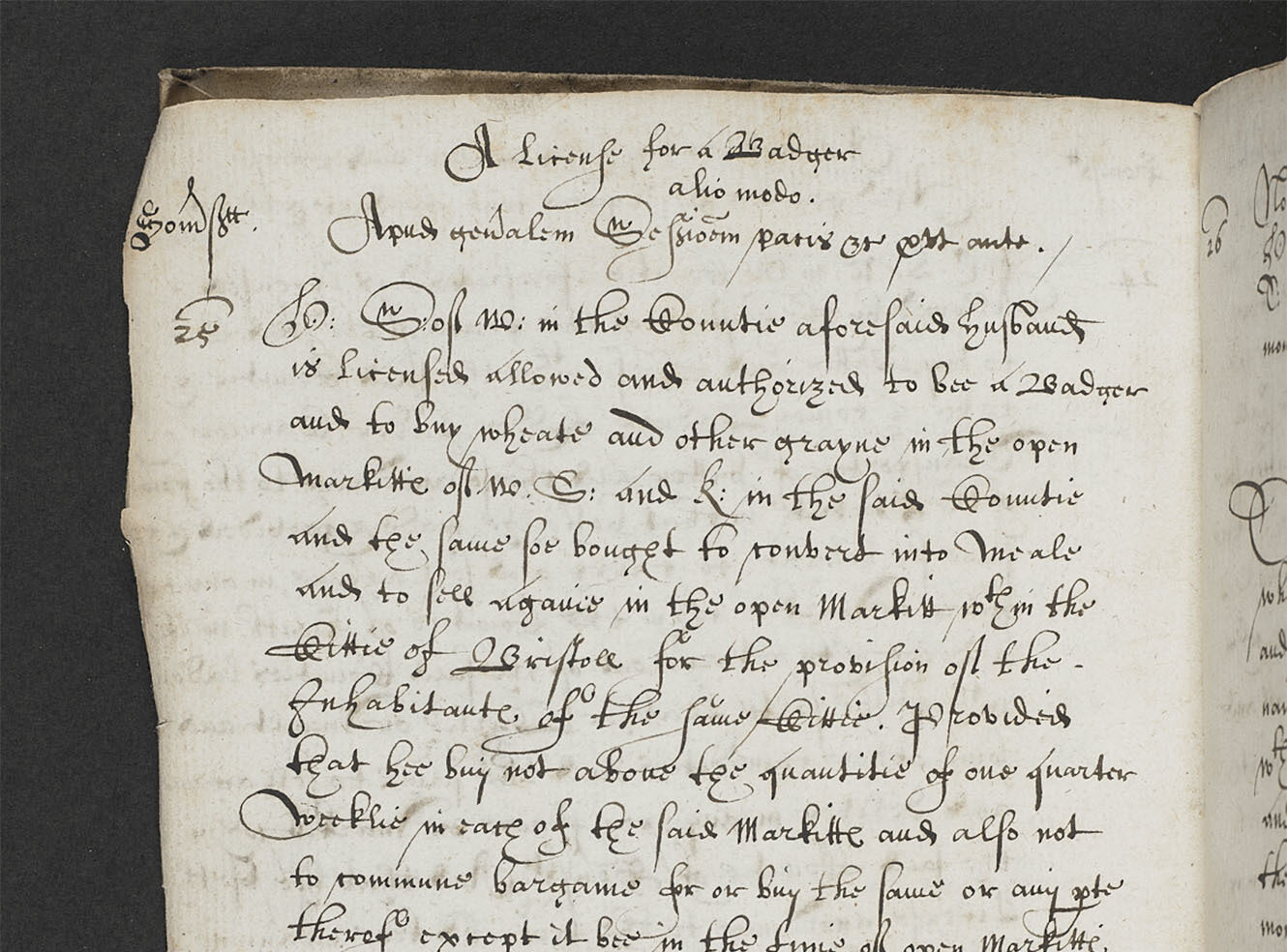 The Bard and the Badger: the story of a grain hoarder
The Bard and the Badger: the story of a grain hoarderThis Sunday, 23 August, marks five months since the lockdown began here in the UK and, as restrictions slowly but steadily begin to ease, I’ve been reflecting on my lockdown experience.
-
 Five vicarious vacations
Five vicarious vacationsHolidaymakers the world over have put their passports away this summer as the global pandemic continues to make international travel difficult, if not entirely impossible. In an effort to recreate that holiday feeling, I’ve been seeking inspiration for future trips in some of the documents published in Leisure, Travel and Mass Culture: The History of Tourism.
-
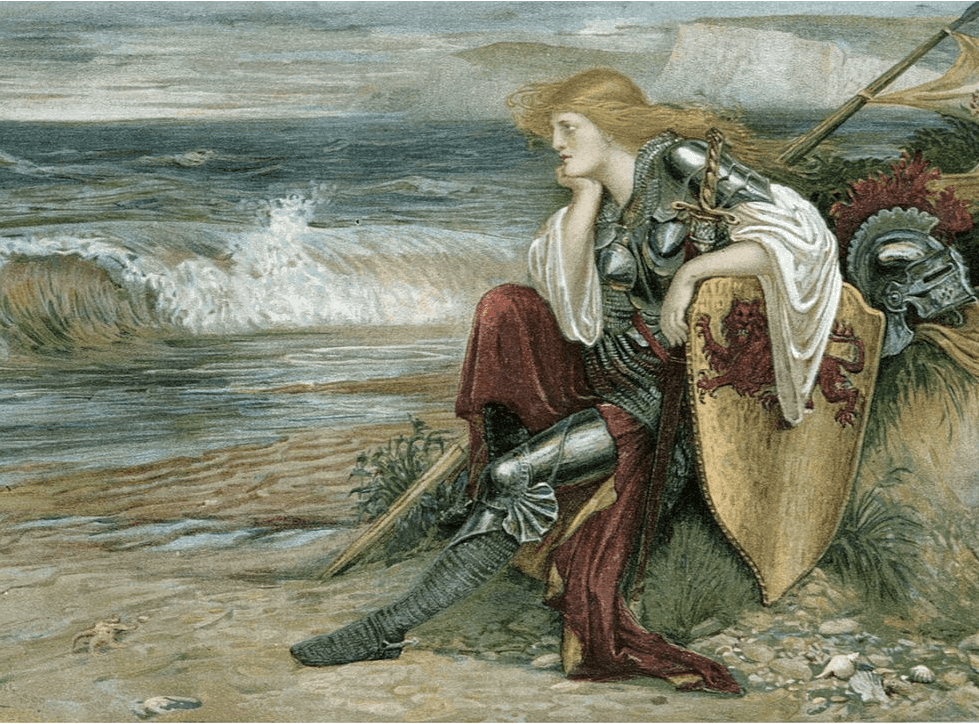 Spenser's Brienne of Tarth
Spenser's Brienne of TarthThe release date for Winds of Winter is still unknown, and Game of Thrones finally went down in (literal) flames last summer, but if you’re missing your annual dose of fierce queens, morose knights and fiery dragons, look no further than Edmund Spenser’s The Faerie Queene.
-
 Debates on masks in 1938: Thoughts from Mass Observation Online
Debates on masks in 1938: Thoughts from Mass Observation OnlineMasks. Haven’t you heard? They are all the rage this month. From the blue medical coverings you get in the Pharmacy to the fancy four-layered ones my Mother has been making (and everyone’s Auntie/Grandma/Neighbour), they have become as much a fashion statement as a necessary, life-saving item.
-
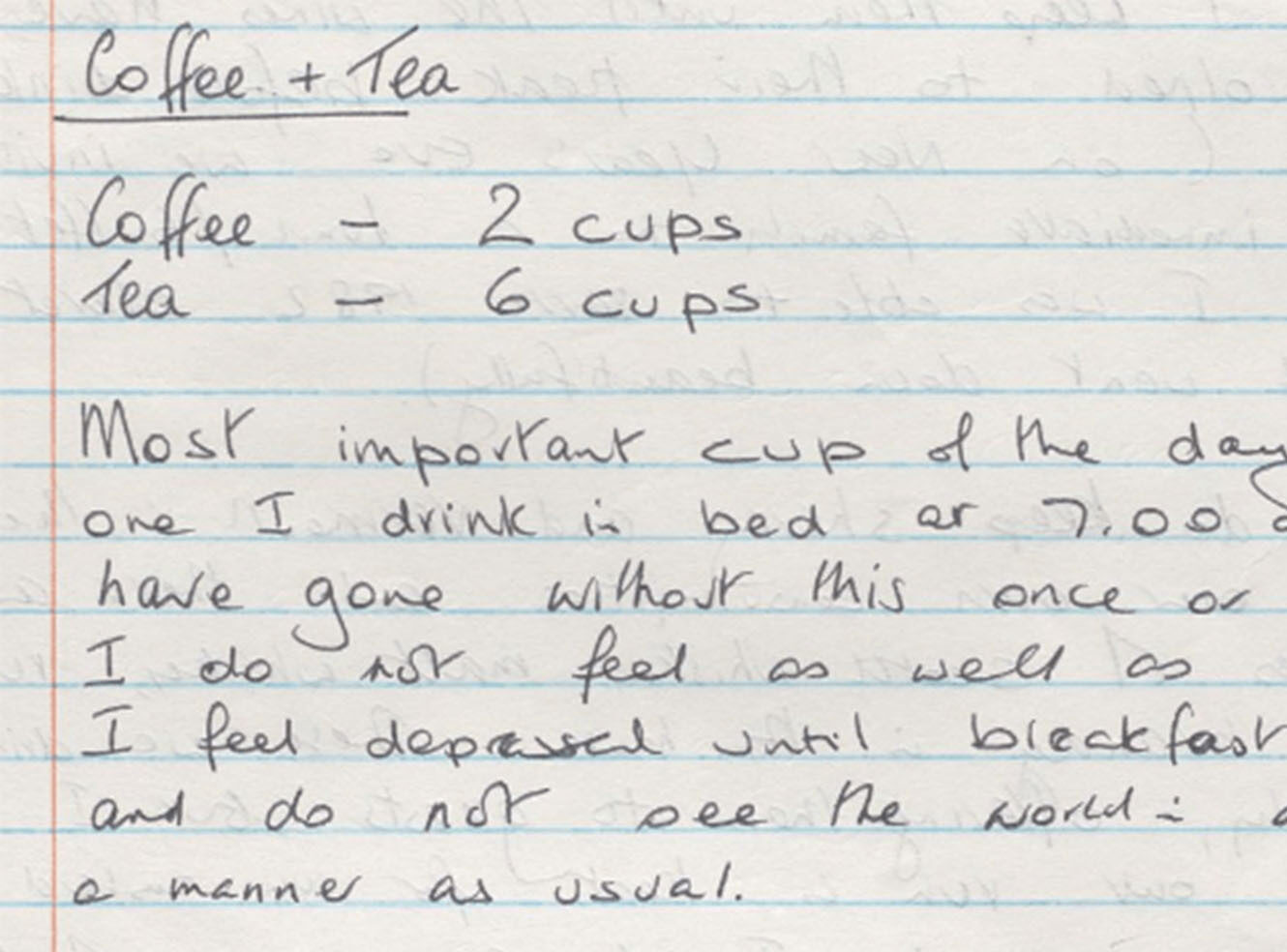 Fancy a cuppa? An insight into tea drinking habits from the Mass Observation Project
Fancy a cuppa? An insight into tea drinking habits from the Mass Observation ProjectFour months on from us Brits going into lockdown, the BBC has reported that we have splurged on tea, biscuits and good books. I have delved into the directives in AM’s newly released Mass Observation Project, to take a look at tea-drinking habits in the 1980s. One thing for sure is that there is always an occasion for a cuppa.
-
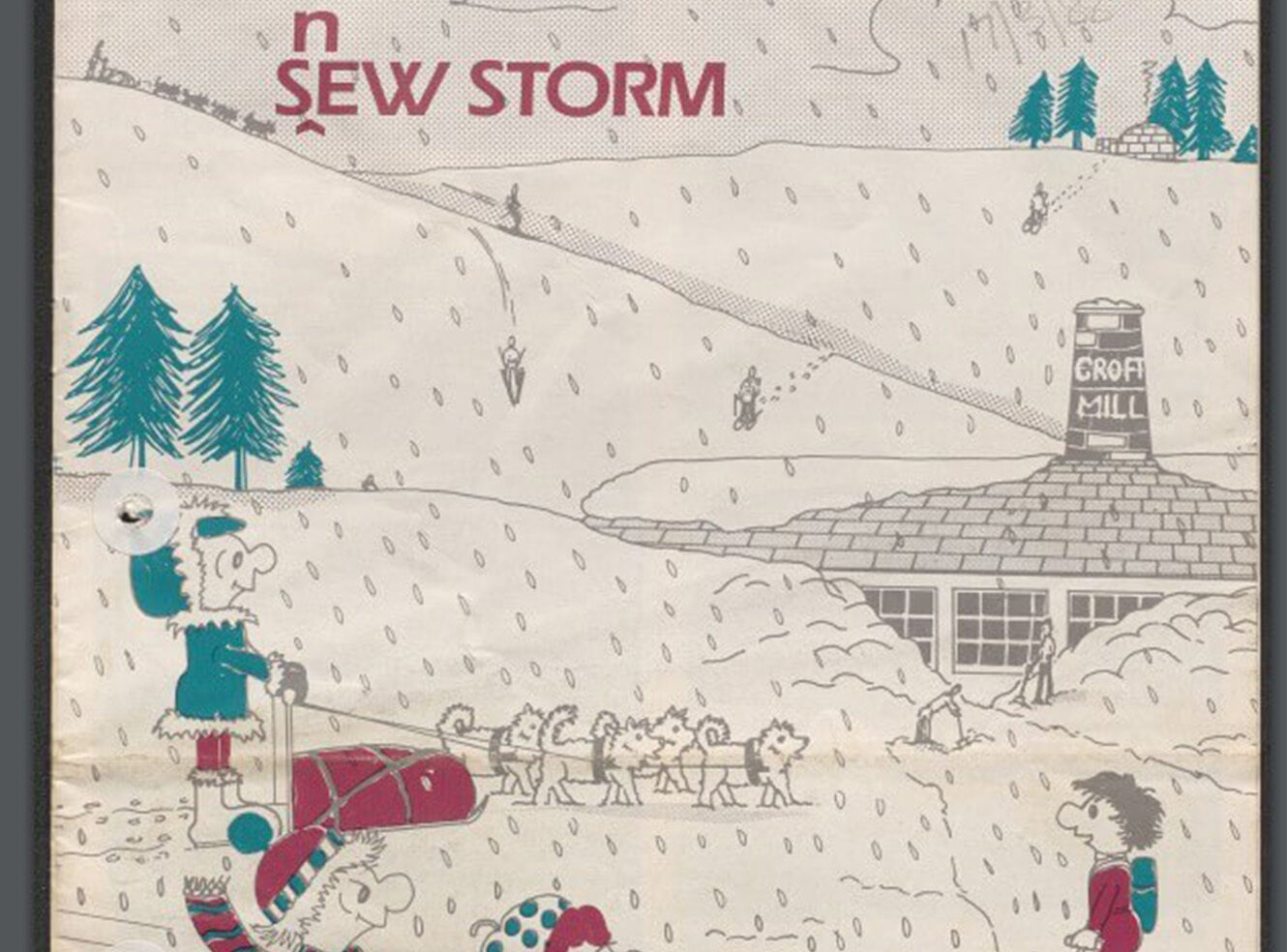 “One felt like a bouquet of flowers!” Homemade fashions in Mass Observation Project
“One felt like a bouquet of flowers!” Homemade fashions in Mass Observation ProjectIn the spring of 1988, I was newly 5 and was about to undertake the most exciting thing in my young life – to be a real-life bridesmaid. There would be white ballet slippers, a crown of (fake) flowers, ringlets to match the bride, and, best of all, a Laura Ashley dress covered in watercolour hues.
-
 ‘Celebration or bore’: Mass observers react to the wedding of Charles and Diana
‘Celebration or bore’: Mass observers react to the wedding of Charles and DianaInspired by the wedding of Princess Beatrice to Edoardo Mapelli Mozzi, we dig into Mass Observation Project to see what early 1980s observers had to say about another famous royal wedding.
-
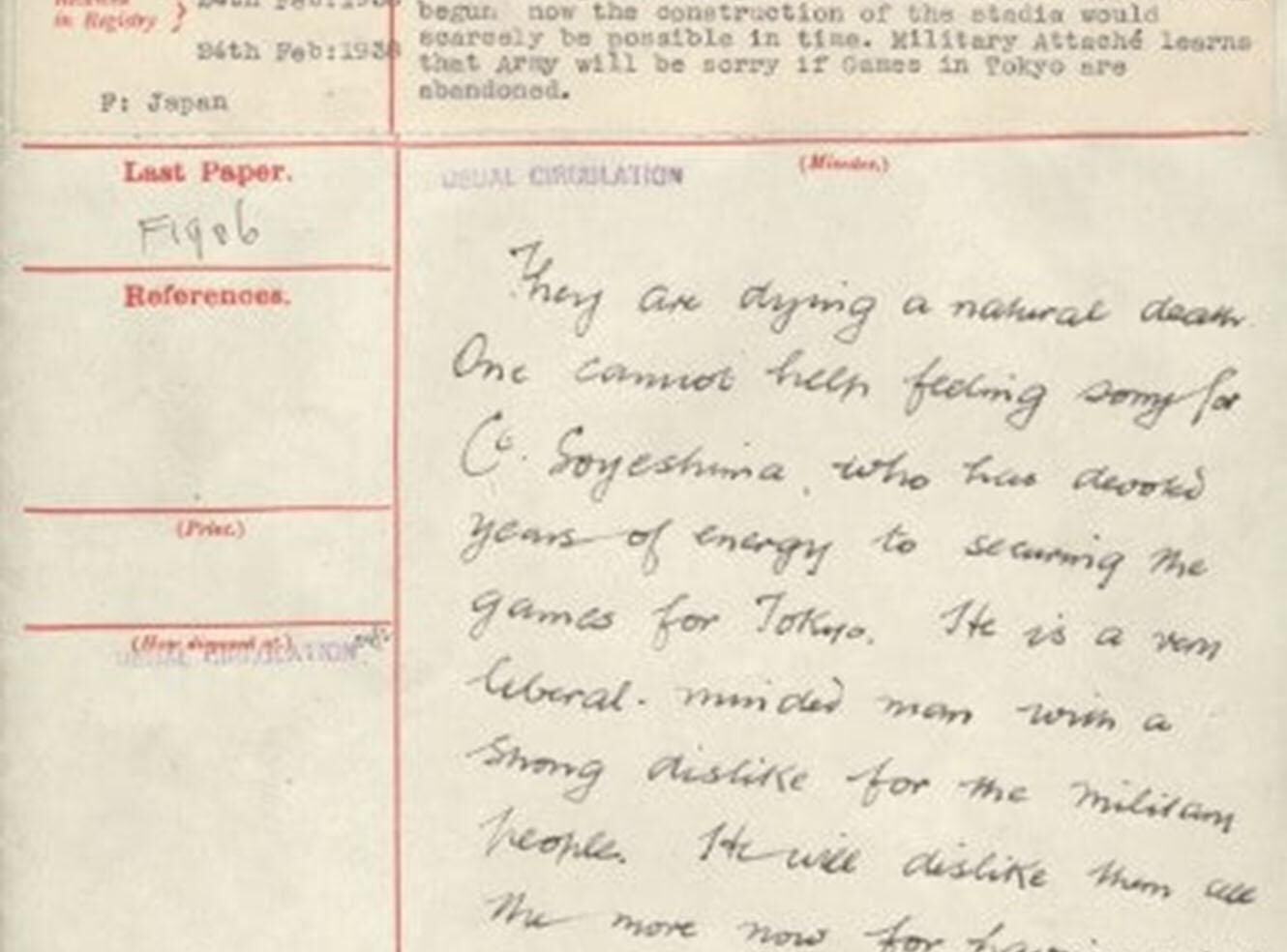 The Missing Olympics
The Missing OlympicsThis month would have marked the beginning of the Summer Olympic Games in Tokyo. However, this is not the first time Tokyo has had to cancel or postpone the international competition. 80 years previously, the city found itself in similar circumstances, although for different reasons. Often referred to as the “missing Olympics,” material within Foreign Office Files for Japan, 1919-1952 reveals the discussions that surrounded the 1940 Summer Games and their value as a political tool.
-
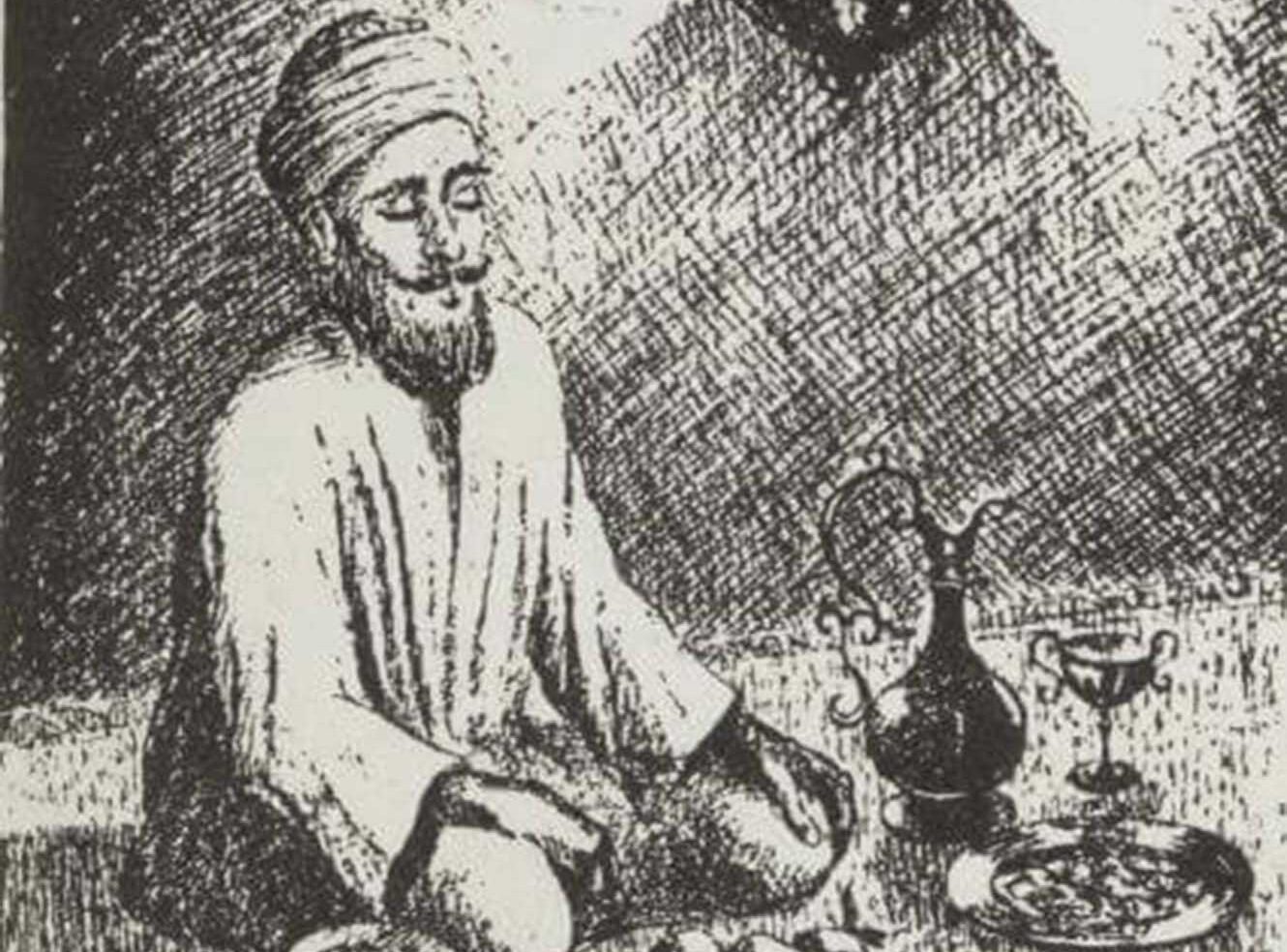 The Druze and al-Hakim: The Religion with No Converts
The Druze and al-Hakim: The Religion with No ConvertsResiding within an issue of Victory: The Weekly for the India Command, from Service Newspapers of World War Two, is an intriguing article on the ‘Secret Societies of Islam’. While the article explores three ‘sects’, we shine a light on the Druze and al-Hakim.
-
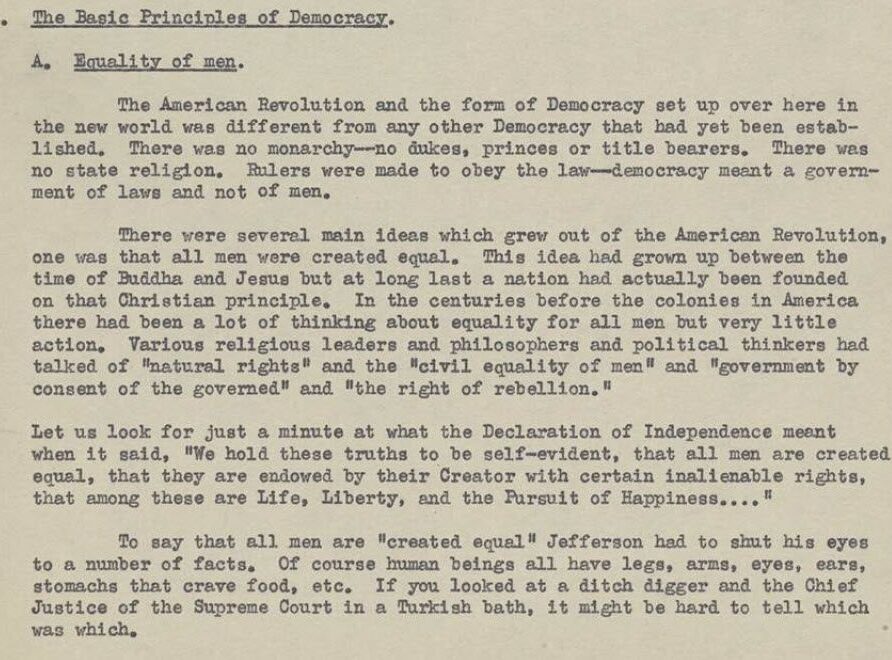 Enlisting American History
Enlisting American HistoryDuring the Second World War, the Declaration of Independence and other milestones in American history were pressed into service to bolster morale and motivation among new recruits to the US Army.
-
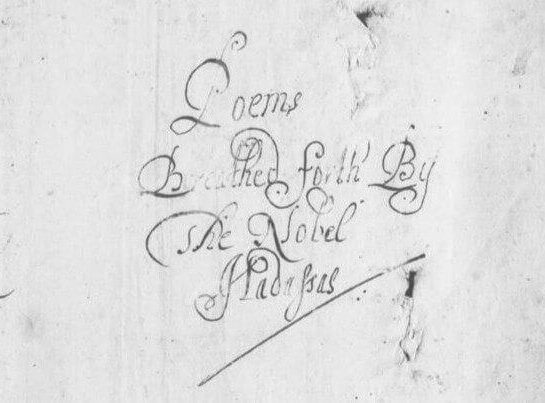 “A Solitary Discourse”?: The manuscript of Hester Pulter
“A Solitary Discourse”?: The manuscript of Hester PulterFor my blog this week I decided to revisit one of my all-time favourite documents, MS Lt q 32 or Poems breathed forth by the nobel Hadassas, and The Unfortunate Florinda, by Lady Hesther Pulter, digitised in Adam Matthew's resource Literary Manuscripts Leeds. Probably written and compiled between 1645-1665, the manuscript appears to have laid largely unread until 1996, when it was discovered by Mark Robson during a digital cataloguing project at the Brotherton Library.
-
 "Save the Amazing Scribbler!” Using primary sources in a library escape room game
"Save the Amazing Scribbler!” Using primary sources in a library escape room gameThis special librarian guest blog was written by John Cosgrove and Johanna MacKay of Lucy Scribner Library at Skidmore College in Saratoga Springs, New York.
What does a stuffed squirrel, an escape room and AM’s Victorian Popular Culture have in common? At Skidmore College’s Lucy Scribner Library, we combined all three – and a scavenger hunt to boot – to provide a fun, interactive library orientation for First Year Experience students.
-
 What’s on telly tonight? Guilty pleasures from Mass Observation Project: 1980s
What’s on telly tonight? Guilty pleasures from Mass Observation Project: 1980sAfter 18 weeks of lockdown, many of us are missing the regular pastimes of life before the pandemic. Having exhausted Netflix, I turned to the recently published Mass Observation Project for ideas on what to watch next.
-
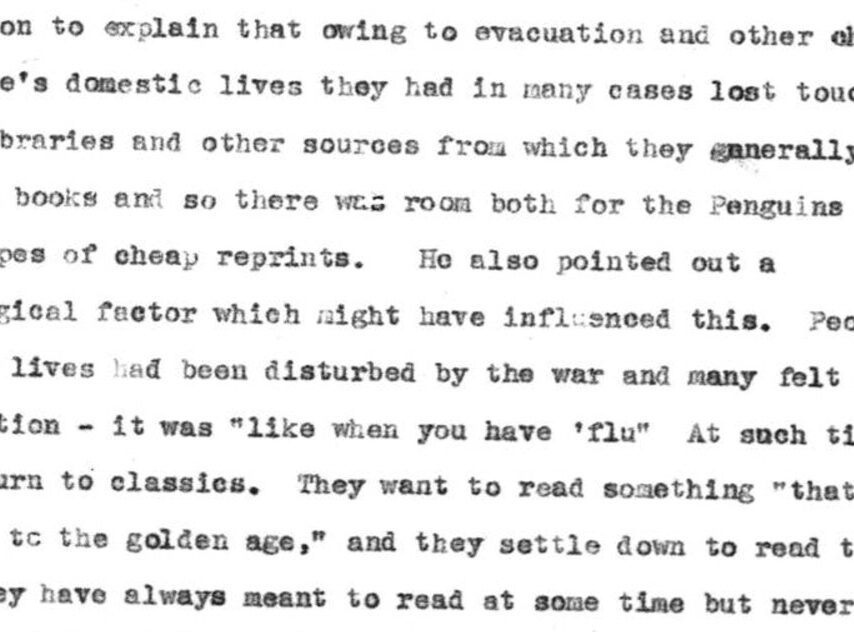 Early Reading Trends of the Second World War: An Industry Perspective
Early Reading Trends of the Second World War: An Industry PerspectiveBook Reading in War Time offers insights into the impact the first few months of the Second World War had on the book publishing industry, our libraries, and the books we were scrambling to read.
-
 ‘“Clothes maketh man”… in part, I have to agree’: Clothing in the Mass Observation Project
‘“Clothes maketh man”… in part, I have to agree’: Clothing in the Mass Observation ProjectIn the age of Covid-19, those of us who are fortunate enough to be able to work from home have still had to deal with a minor, though recurrent, concern: what to wear after making the five-foot trek from bed to desk (or kitchen table, pile of cushions, etc).
-
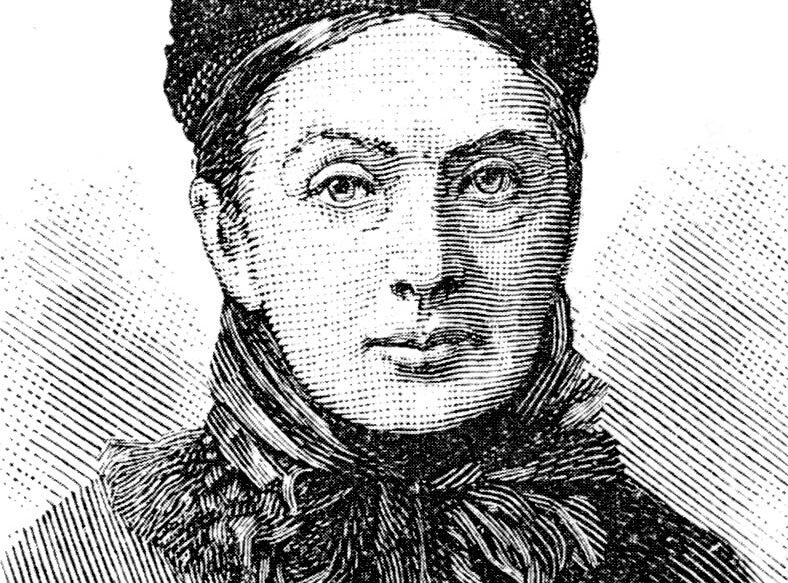 Fashioning the frontispiece: The role of clothing in the travel narratives of Isabella Bird
Fashioning the frontispiece: The role of clothing in the travel narratives of Isabella BirdAt first glance, Isabella Bird (1831–1904) was an unlikely candidate for the role of intrepid explorer. She stood just four feet eleven inches tall and, from a young age, suffered from a debilitating spinal condition that necessitated frequent periods of rest. Nevertheless, Bird travelled the globe, visiting - among other destinations - Hawaii, Japan, Korea and Tibet.
-
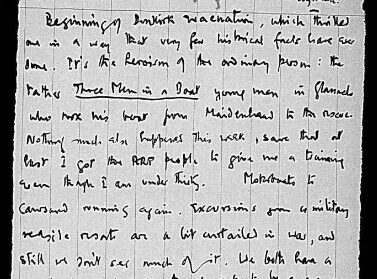 ‘[T]he heroism of the ordinary person’: on the 80th anniversary of Dunkirk
‘[T]he heroism of the ordinary person’: on the 80th anniversary of DunkirkThis week marks 80 years since Operation Dynamo, when over 300,000 Allied troops were evacuated from the beaches and harbours of Dunkirk during the Battle of France. Although the event has been since immortalised through various star-studded blockbusters, docuseries and history books, I wanted to dig into our resources to find out how those living through the war experienced and responded to news of the evacuation.
